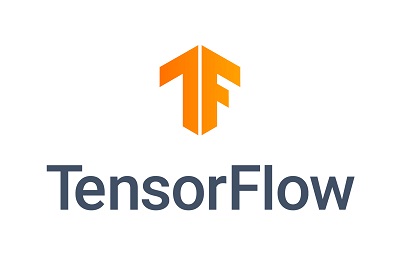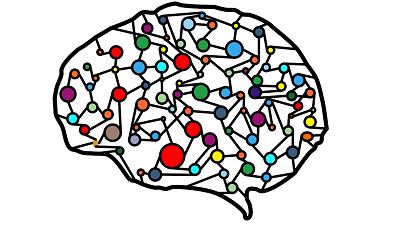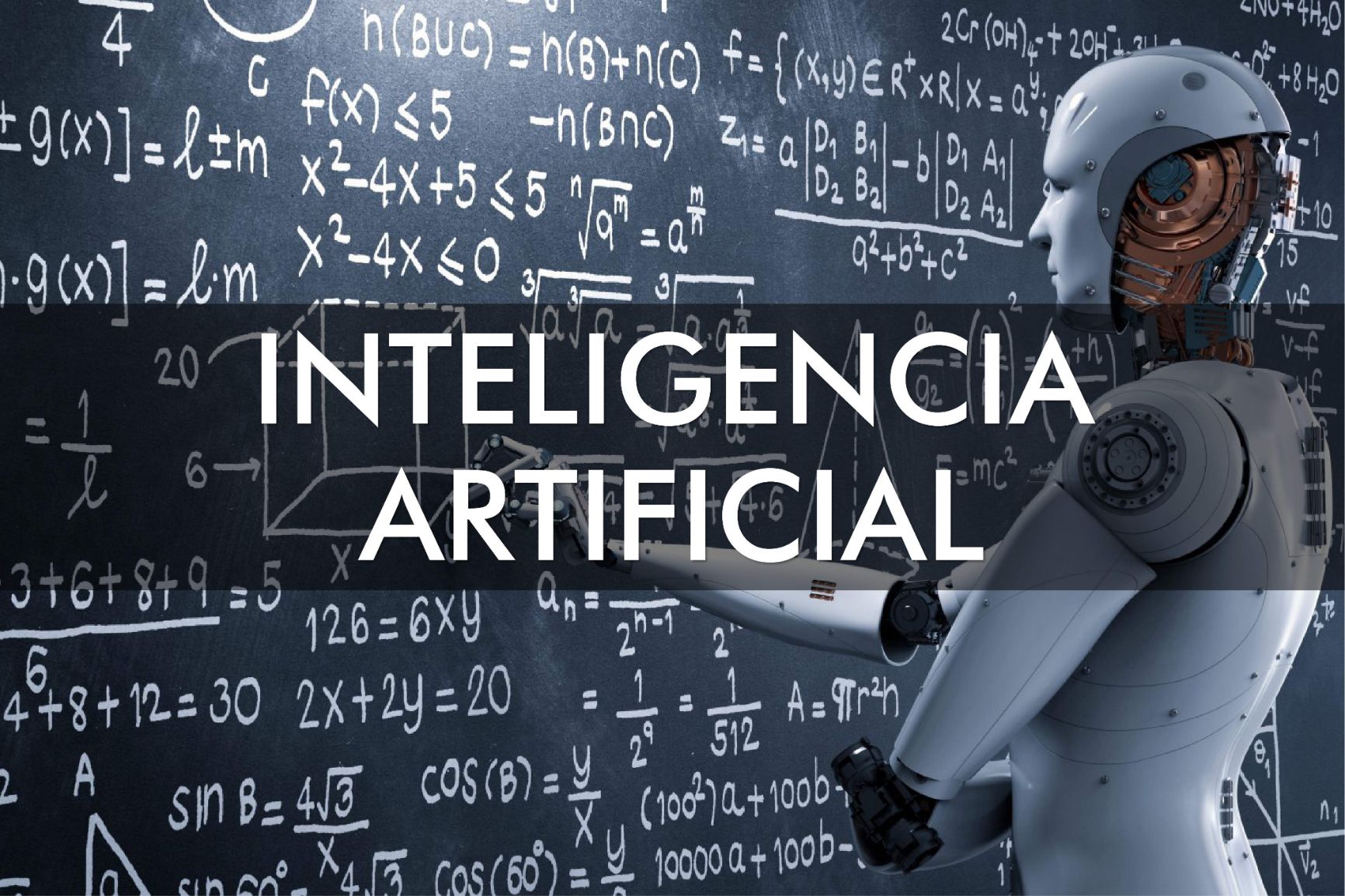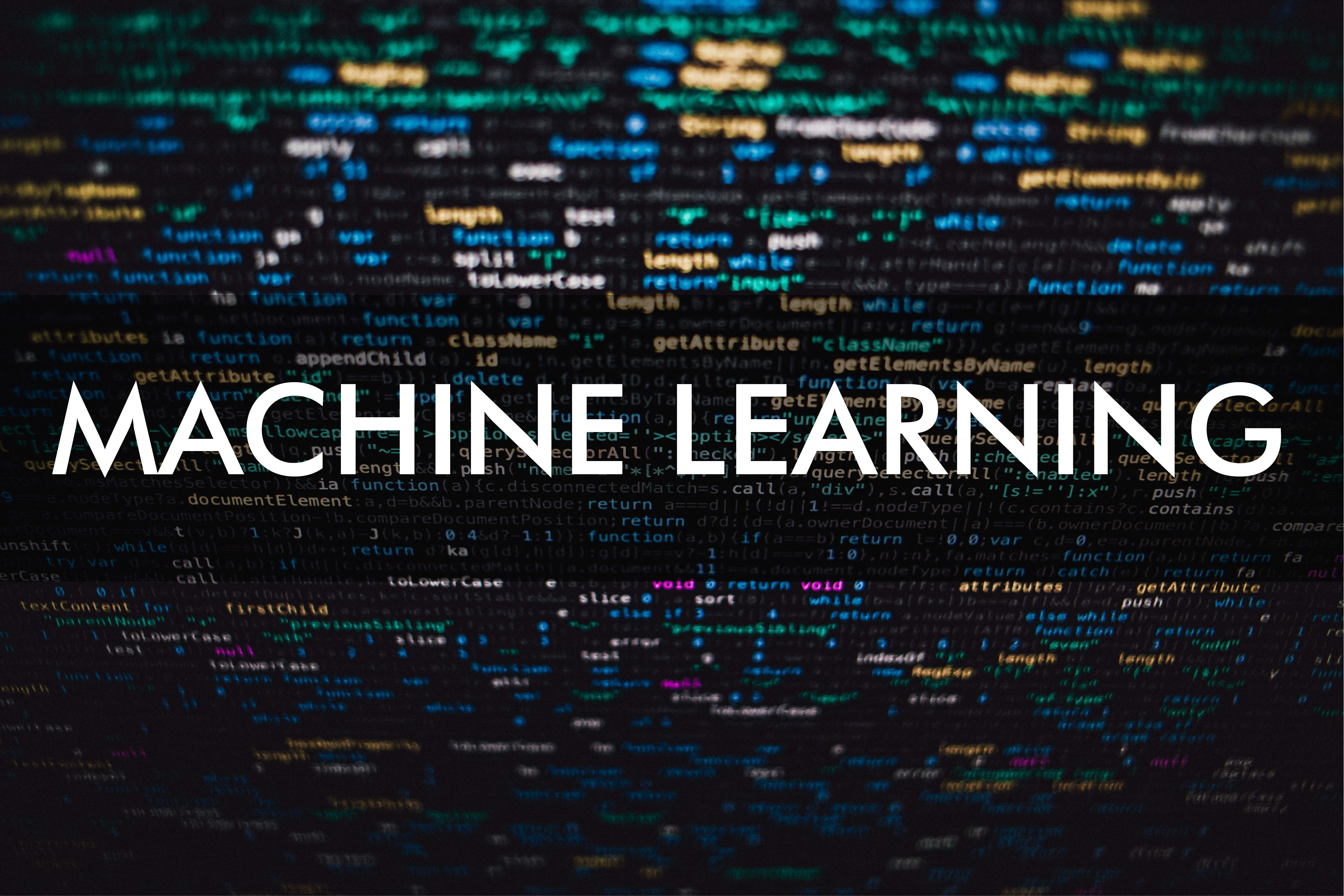The world of Tensorflow, artificial intelligence as a service
Conferences are ideal to know the advances of an industry, promote products and services, as well as make new contacts. However, conferences on artificial intelligence (AI) or machine learning (ML) are rather academic events, of high theoretical content. That's why I was surprised by a recent event, focused on promoting an entire ecosystem to make it easier for a company to use AI and ML tools like large corporations, without making huge investments in infrastructure, or hiring academic researchers.
From October 28 to 31, the Ternsorflow World 2019 conference was held in Santa Clara, California. It unveiled the latest advances and use cases of Tensorflow, the main library for ML with deep neural networks (read our article on the subject). A library is a set of programs and functions ready to be used in the development of a system without having to program them again. Tensorflow is a library specifically designed to support the implementation of ML systems with deep neural networks.

This library was developed by Google for internal use, but in 2015 it was made available to the public as open source, so today it is free to use and distribute. Although there are other alternatives, Google's support, the acceptance of numerous companies, as well as the existence of a large global community involved in the improvement and dissemination of the library, have made Tensorflow the most popular platform for the deployment of commercial applications based on deep neural networks.
The 2019 edition of the event revolved around the recent release of Tensorflow 2.0, a major update that gives the library a much easier-to-use user interface, incorporating tools to deploy applications on the computer, web browser or cellphone, and supporting the use of multiple processors and multiple computers for calculations, allowing applications with real-time response. So far everything very technical, where is the interesting part for any non-technical person, a manager, or a businessman?
The interesting thing is that, rather than the launch of a software library, the event was the launch by Google of a whole strategy to offer AI as a service based on Tensorflow, which includes:
- Models with the most advanced classification, segmentation or detection algorithms for images, video or text, as well as prediction, which can be used as they are or adapted. This makes it easier to attract or train talent for a company, as a developer who needs to start from scratch is not required.
- Versions of models and tools that allow you to deploy applications for the computer, web browser or cell phone, which extends the potential reach of systems without requiring significant additional efforts.
- Cloud capacity of up to thousands of processors and computers to train and adapt models, with a charge for time of use. In this way, the most complex models can be trained without requiring large investments in infrastructure.
- Enterprise versions of services that provide individualized technical support and high-security environments for developing and deploying applications, so businesses can securely deploy critical systems.
With these elements, you don't need to be a big company, or have a million-dollar budget, to implement tools with deep neural networks that facilitate contact with customers, make internal processes more efficient, or allow you to offer new services. For example, a company may implement a facial recognition identification protocol on the cell phone, a support service that answers questions by querying the text of its manuals, or a system that predicts in real time the abandonment of a subscription.

Image by Ahmed Gad desde Pixabay
Google's strategy is to provide companies with the elements to refocus the attention from the search for specialized technicians and investment in technological infrastructure, towards the formulation of a business case and the implementation of projects, for this Google has also integrated a network of trusted partners, companies and consulting firms that provide services in these matters. In this way, the business is in supporting the deployment of practical AI and ML applications in business, not in royalties collection for the use of software or models.
Attendance at specialized meetings and conferences often generates ideas to explore to grow or improve our business or activity. The keynote sessions of Tensorflow World 2019 give a very good overview of the ecosystem that has formed and allow anyone, without having a technical profile, to get ideas to explore about the use of AI and ML. Keynotes of both day 1 and day day2 are available online and last just over an hour each, so it is advisable to watch them.
Did you enjoy this post? Read another of our posts here.




